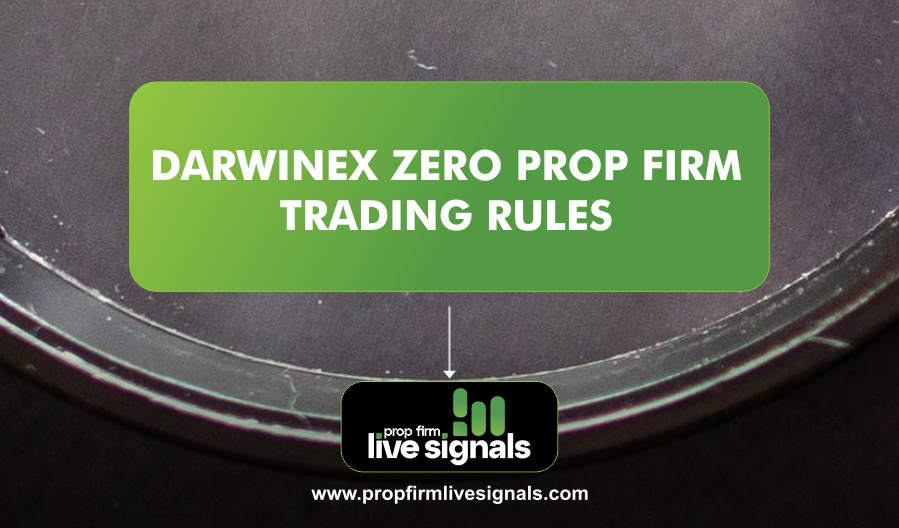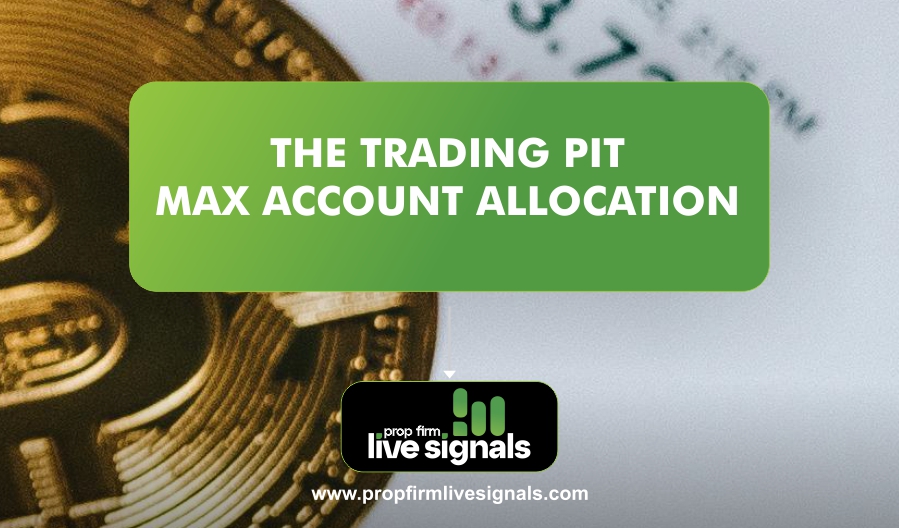The forex market, being the largest financial market in the world, processes over $6 trillion in daily trading volume. Traders are drawn to the high liquidity, diverse currency pairs, and potential for profit that come with it.
Preparation, analysis, and discipline are three major factors in Forex trading, and most traders do not invest time in understanding them, which often results in certain losses that might have been avoided.
In any case, if one follows a certain structure with appropriate tools, one can confidently place trades by minimizing risk as much as possible. The guide will explain everything from selecting a platform to understanding the step-by-step guide to placing trades on Forex platforms and understanding market orders and the execution of trade.
How to Place Trades:
Below is a step-by-step guide on how placing trades on Forex platforms is being done.
Step 1: Choose the Right Forex Trading Platform
The first step in this guide to placing trades on forex platforms is selecting a trading platform that suits your needs. This platform is your gateway to the forex market and should be reliable, user-friendly, and equipped with the features necessary for effective trading.
Start by researching trusted brokers regulated by authorities such as the FCA, ASIC, or CFTC to ensure safety and credibility. Choose a platform that suits your trading style; popular options like MT4, MT5, and cTrader offer advanced charting tools, customizable indicators, and fast order execution.
Before investing even a single penny, take the advantage of demo accounts provided by most brokers. In this account, one gets the chance to learn the interface and features of the platform and practice trading without using actual money. Choosing the right platform will provide a perfect foundation for the entire journey.
Step 2: Create and Fund Your Trading Account
Once you’ve chosen a forex trading platform, the next step is to create and fund your trading account.
Start by registering with your selected broker. Visit their website and complete the registration form, ensuring all details are accurate to comply with Know Your Customer (KYC) regulations. After registration, verify your identity by uploading required documents such as proof of identity and proof of residence.
Deposit money into your account now that it has been validated, using the broker’s available secure, various payment methods. The amount of the deposit should be within your means and risk tolerance for conservative trading. Setting up a correct trading account is rather essential for smooth trading.
Step 3: Understand the Forex Market
Before placing your very first trade, it’s vital to have a sense of the basics involved with the forex market. Great knowledge of how the marketplace functions will assist you in properly positioning yourself for each and every trade.
Learn about currency pairs, which are the basics of forex trading. An example of a currency pairing includes the EUR/USD, GBP/JPY, or USD/CHF, which are set with a base currency and quote currency. Understand how a currency relates to its partnering currency.
Observe market behavior and how different factors like economic news, geopolitical events, or overall market sentiment influence the prices of currencies. These will be your lessons for foreseeing the movement of the market.
Finally, learn to know forex terminology inside out. Understand what is meant by pip, lot size, leverage, and margin to have clarity and confidence when trading. This will form the very foundation of your understanding of the forex market.
Step 4: Conduct Market Analysis
Precise market analysis will help in identifying trading opportunities. Take full advantage of your trading platform’s tools to analyze market conditions and make prudent decisions.
1. Technical Analysis: Utilize price charts, patterns, and indicators like moving averages, RSI, and Fibonacci retracements to anticipate potential market movements and determine entry and exit points.
2. Fundamental Analysis: Know what is happening in the economy and when news releases occur through an economic calendar. Major events such as decisions on interest rates, GDP reports, and employment figures can cause large movements in price.
3. Sentiment Analysis: Determine the market sentiment through trader positioning and news sentiment in order to get a sense of the general market mood and perhaps predict trends.
Step 5: Define Your Trading Strategy
You should not execute a trade without having a well defined trading strategy. It should be in line with your goals, risk tolerance, and trading style to make decisions in a consistent and disciplined manner.
Define your targets and timeframes: decide whether your profit targets are short-run or long-run and set well defined objectives for every trade.
Include stringent risk management rules, such as determining the stop-loss and take-profit levels, using a reward-to-risk ratio of at least 1:3 as the minimum to protect your capital.
Then choose a trading style scalping, day trading, or swing trading that would best complement your market analysis and suit your style of trading.
With a well defined and focused approach, you can take on the market with confidence and more likely be successful.
Step 6: Place Your First Trade
Placing your first trade is considered to be the most thrilling moment in one’s forex journey. Go through this step-by-step process to execute your trade with confidence:
1. Log In to Your Platform: Open your trading platform and log into your account.
2. Select Your Currency Pair: Choose the currency pair you want to trade from the market watch or trading interface.
3. Analyze Current Price: Go to the live chart and look for signals according to your trading strategy.
4. Choose Order Type: Choose instant execution-market order or pending order, which will be triggered at a certain price level.
5. Set Trade Parameters: Set the volume in lots, stop-loss, and take-profit levels as accurately as possible to manage your risk effectively.
6. Execute the Trade: Once all the parameters are set, click the “Buy” or “Sell” button to execute your trade.
Step 7: Monitor and Manage Your Trade
When a trade goes live, it requires very keen monitoring and management if outcomes are to be maximized. Use tools on your platform to view market movements and watch the action of the market to your position.
If the market moves in a favorable direction, consider adjusting your stop-loss and take-profit levels to lock in profits or reduce risk. This helps protect your gains and ensures you’re managing potential losses effectively.
Once you’ve reached your target, or even if you feel that the trade is going against you, you would close the trade to finalise the result. It will also help you in making better and well considered decisions, which are usually facilitated by discipline and a well thought out trading plan.
Step 8: Review and Learn
Every trade presents an opportunity to learn, regardless of the outcome.
Start by analyzing your trade results, reflect on what worked and what didn’t, and identify any areas for improvement. Use this insight to refine your strategy and adjust your trading plan to better align with market conditions and your goals.
Keeping a trading journal is also important. Record your trades, including the reasoning behind your decisions, how you executed the trade, and the results. Over time, this journal will help you track your progress, identify patterns, and continuously improve your trading skills.
Want to take your trading to the next level?
Take advantage of our LiveSignals, your go to resource for dependable, real-time trading signals, you can eliminate uncertainty from trading.
Propfirmlivesignals is the answer to your constant success in the markets!
You will always be on top of your game with expert analysis and real-time updates. Never let this chance slip away to supercharge your trading journey.
More Info Click here.
Frequently Asked Questions (FAQs)
What are the most common forex order types?
- Market Order: Executes a trade at the current market price.
- Limit Order: Executes a trade when the market reaches a specific price.
- Stop-Loss Order: Closes a trade to limit losses.
- Take-Profit Order: Closes a trade once a profit target is reached.
Can I trade forex 24/7?
- The forex market is open 24 hours, five days a week. It opens with the Sydney session and closes with the New York session. It does not operate on weekends; however, there are certain exceptions in cryptocurrency trading.
What is leverage, and how does it work in forex trading?
- Leverage allows traders to control larger positions with a smaller amount of capital. For example, a leverage ratio of 1:100 means you can control $10,000 with just $100. While leverage amplifies potential profits, it also increases the risk of significant losses.
What is a pip, and why is it important?
- A pip (percentage in point) is the smallest price movement in a currency pair and usually refers to the fourth decimal point-0.0001, for example. Pips are used to measure price changes and calculate profits or losses in forex trading.
How do I manage risk in forex trading?
- Set a stop-loss for every trade to limit potential losses.
- Use proper position sizing to avoid overexposure.
- Follow the 1-2% rule, risking only a small percentage of your trading capital per trade.
Is forex trading suitable for part-time traders?
- Yes, forex trading is accessible to part-time traders due to its 24-hour availability. Part-time traders often focus on longer timeframes, such as daily or weekly charts, and automate strategies to save time.
Can I trade forex on my mobile phone?
- Most modern trading platforms, including MT4 and MT5, have mobile applications for iOS and Android. These applications offer you full trading capabilities, and you can monitor and manage your trades from anywhere.
How do I handle losses in forex trading?
- Know that losses are part of the game. Apply risk management to reduce the impact and analyze your trades for mistakes. Keeping a trading journal can help in identifying patterns and making better decisions in the future.
Are demo accounts realistic for learning forex?
- Demo accounts are a great way to practice because they closely mimic live market conditions. However, they don’t have the emotional aspects of real trading, like having to deal with real monetary losses that may impact decision-making.




